The National Agricultural Statistics Service reflects on the 2023 growing season.
It began with below normal temperatures and Northern fields still covered with snow. On April 2, 2023, topsoil moisture rated 45 percent surplus compared to 29 percent on April 3, 2022. However, the weather soon warmed, and crop plantings kept on pace with five-year averages.
Days suitable for fieldwork in April and May averaged 3.6 for 2023 compared to 2.9 days in April and May of 2022. On April 23, spring tillage was 13 percent complete, 6 days ahead of 2022 but 3 days behind the 5-year average.
As summer went on, lower than average precipitation led to delayed crop development and worsening conditions. By August 27, the winter wheat harvest was 98 percent complete, equal to the five-year average. The oat harvest was 98 complete on September 17. On November 26, the soybean harvest was 98 percent complete, in line with most of the previous years. Finally, the corn harvest was 85 percent complete on November 26, matching the average. Post-harvest activities such as tillage and manure applications lagged around one week behind the average.
Weather
The average temperature for June through September was 66.5 degrees, compared to 65.6 degrees in 2022 and the normal temperature of 65.3 degrees. April temperatures were only 0.3 degrees above normal, while May and June temperatures climbed to 1.4 and 1.6 degrees above normal. July was the only month below normal temperatures, at 0.7 degrees below normal. August through November were all above normal, with September and October being particularly warm at 3.7 and 2.6 degrees above normal respectively.
Precipitation totaled 17.36 inches from April to September, compared to 21.50 inches last year and the normal of 23.36 inches. April had 0.84 inches above normal precipitation; however, May and June were much lower than normal with 2.32 and 2.82 inches below normal precipitation. Below normal precipitation continued throughout the summer with July, August and September all being below normal. October had above normal precipitation with 1.17 inches above normal. Finally, November restarted the drier than normal conditions, with 1.46 inches below normal precipitation.
Corn
Corn planting started slightly late, with only 2 percent planted on April 30, 8 days behind the five-year
average. However, dry conditions in May allowed it to quickly catch up, with corn planting reach 90 percent on May 28, 10 days ahead of the average. Condition declined drastically in June, but then good to excellent ratings stabilized around 50 percent for the rest of the season. Sixty-four percent of the corn crop was in the dough stage or beyond by August 20, 2 days ahead of the average.
Silage harvest stayed on pace with the average, with 53 percent of corn for silage harvested by Sep. 24. Farmers finished harvesting 98 percent of silage by Oct. 29, about one week ahead of the average. The grain harvest was also ran close to the average, with 50 percent of corn for grain harvested by Nov. 5, two days behind the average. By Nov. 26, 85 percent of corn for grain was off the ground, equaling the average.
Soybeans
By April 30, 3 percent of the soybean crop was in the ground, two days behind the five-year average. By June 4, farmers had planted 94 percent of the crop, two weeks ahead of the average. Soybean condition started at 69 percent good to excellent on June 4, but soon dropped to the low 40’s in July. Going into August, conditions improved to around 50 percent good to excellent, where it remained for most of the season. Soybeans began setting pods later than average, with 42 percent of the crop having set pods by August 6, one week behind the average. However, this quickly returned to normal with 95 percent of the crop setting pods by September 3, 3 days ahead of the average.
Harvest started in late September and by Oct. 8, farmers harvested 27 percent of the soybean crop, matching the average. Harvest was 94 percent complete on November 19, also equal to the average.
Oats
Oat planting started well-behind the average, with only 23 percent of the crop being planted by April 30,
4 days behind the five -year average. By June 18, 95 percent of the oat crop had emerged, 4 days ahead of the average. Ninety-six percent of the oat crop was heading or beyond by July 23, in line with the
average. Nearly all of the oat crop had turned color by mid-August. The oat harvest reached 56 percent
complete on August 13, 2 days ahead of the average. By September 10, 95 percent of the harvest was
complete nearly a week ahead of the average. Oat condition began at 87 percent good to excellent on
May 21, however conditions dropped to 48 percent on June 18. Good to excellent oat conditions remained around the mid to upper 40s for the majority of the growing season.
Winter Wheat
Planting for winter wheat began in early September 2022. By October 30, planting reached 96 percent. As
of November 13, 94 percent of the crop had emerged, over 2 weeks ahead of the average. As fall ended, the wheat condition was rated over 80 percent good to excellent. In the spring of 2023, condition began at 57 percent good to excellent on April 2. Conditions rose above 80 percent good to excellent in May, however, they lowered to 66 percent by August 6. By June 18, 88 percent of the crop was headed or beyond, 9 days ahead of the average. Ninety-five percent of the crop was harvested by August 20, one day ahead of the average.
Potatoes
Potato planting started in April. Planting reached 97 percent completed by June 4, 6 days ahead of the
average. Harvest was slightly ahead of the average for most of the season and by October 22, 95 percent
of the potato crop was harvested, 2 days ahead of the average.
Alfalfa
As of May 14, winter freeze damage to alfalfa was rated 1 percent severe, 4 percent moderate, and 18 percent light. There was reportedly no damage to the remaining 77 percent of alfalfa, 11 percentage points lower than 2022. The alfalfa hay harvest started faster than normal, with the first cutting being 33 percent completed on May 28, 6 days ahead of the 5-year average. The first cutting harvest was 95 complete on June 18, 12 days ahead of the average. The second cutting reached 95 percent complete on July 30, 6 days ahead of the average. The third and fourth cutting also remained about a week ahead of the average.
All hay condition began at 61 percent good to excellent on May 7, one percentage point higher than 2022. Conditions improved through May but declined rapidly in June with only 40 percent of hay being in good to excellent condition on June 25. Good to excellent condition ratings remained in the low to mid forties for the remainder of the season. The final rating on September 3 was 45 percent good to excellent, down 32 percent from last year.
Pasture
Pasture condition began at 43 percent good to excellent on April 2. Warm weather gradually improved condition to its peak of 76 percent good to excellent on May 28. However, continuing warm and dry weather led to a rapid decline in condition during the summer, with condition dropping to 27 percent
good to excellent on July 16. Conditions reached a season low on September 10 at 22 percent good to
excellent. Conditions slightly rebounded at the end of the season in October but remained far below the
average.


